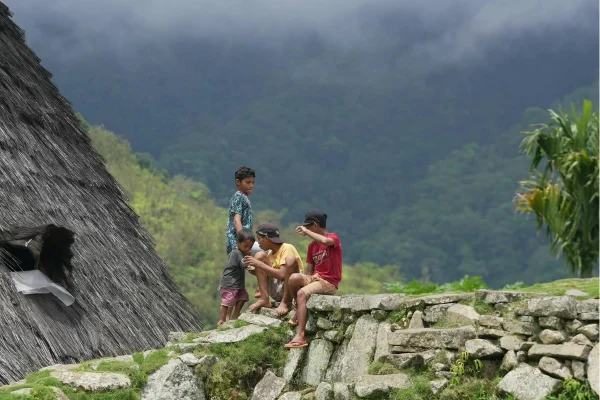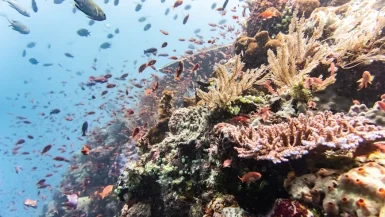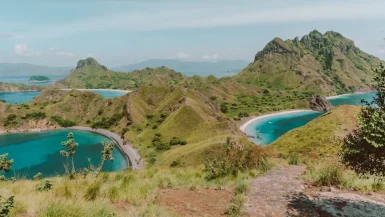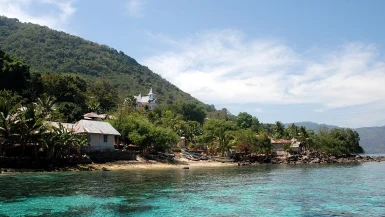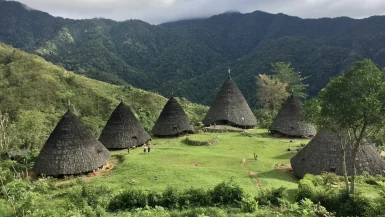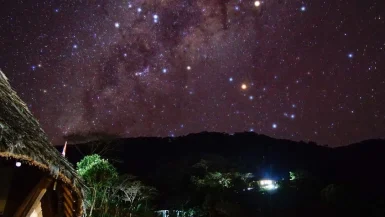East Nusa Tenggara is a region where culture meets breathtaking landscapes. Travelers can immerse themselves in traditional villages, vibrant festivals, and unique crafts that tell centuries-old stories. If you’re seeking more than beaches and sunsets, the cultural attractions in East Nusa Tenggara will leave you in awe. Whether witnessing ancient rituals or exploring villages nestled in the mountains, this destination offers a blend of heritage and adventure.
10 Top-Notch Cultural Attractions in East Nusa Tenggara
Here’s a curated list of must-visit spots and experiences, each showcasing the region’s cultural richness and diversity and offering some of the best things to do in East Nusa Tenggara.
1. Wae Rebo Village
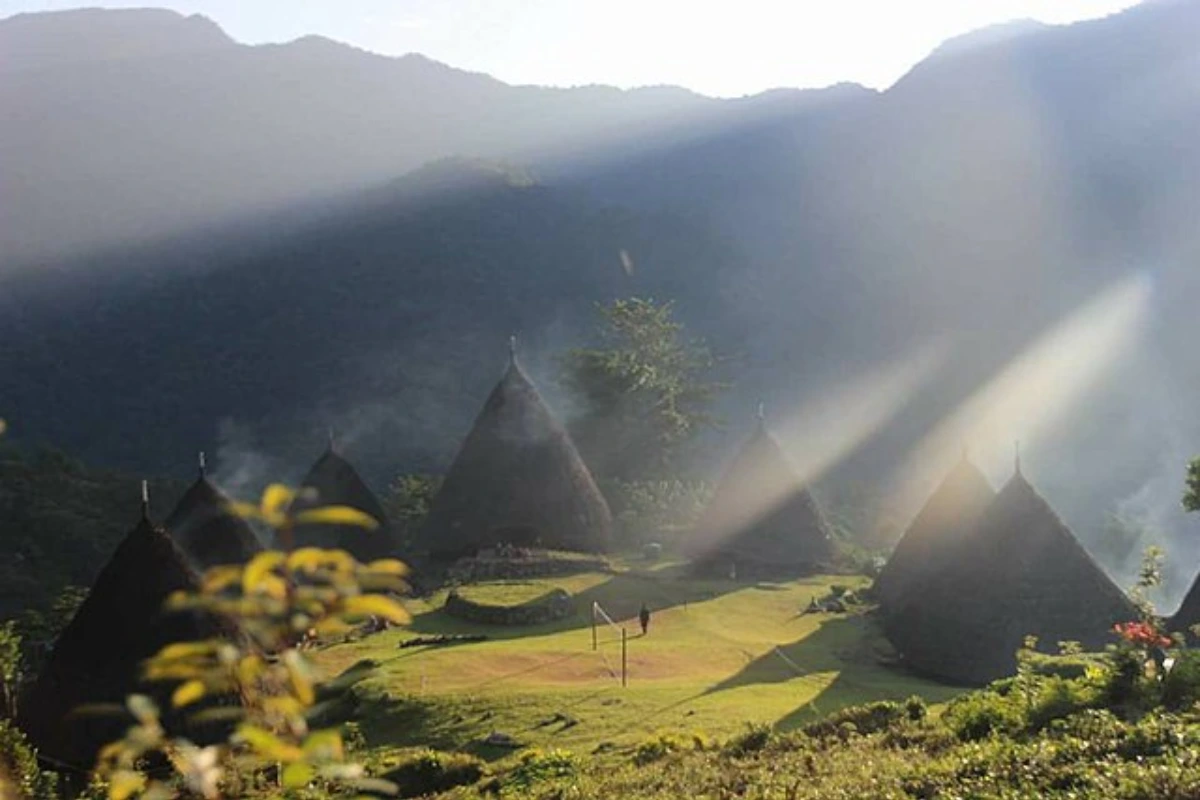
Hidden in the highlands of Flores, this village is one of the East Nusa Tenggara destinations you shouldn’t miss. This picturesque spot is home to conical houses called Mbaru Niang, a living testament to local architectural ingenuity and traditions.
The settlement is surrounded by lush greenery and accessible via a scenic hike through the jungle. Overnight stays allow visitors to experience the warm hospitality and customs of the community.
2. Bena Village, Ngada
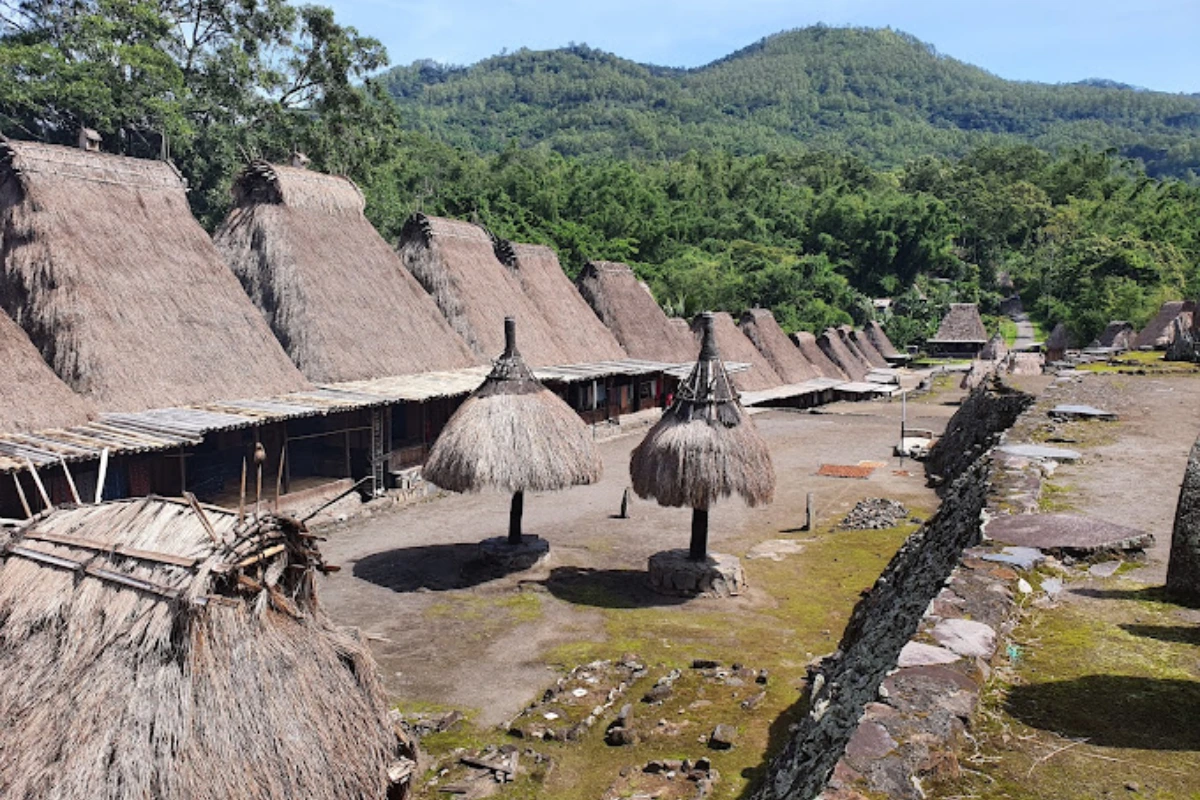
Nestled at the foot of Mount Inerie, this ancient hamlet stands out with its megalithic structures and traditional houses. Locals continue preserving their ancestral practices, including ceremonies in the village’s sacred stone formations. Visitors can join cultural tours to explore these historic elements and interact with friendly residents.
3. Ikat Weaving Centers
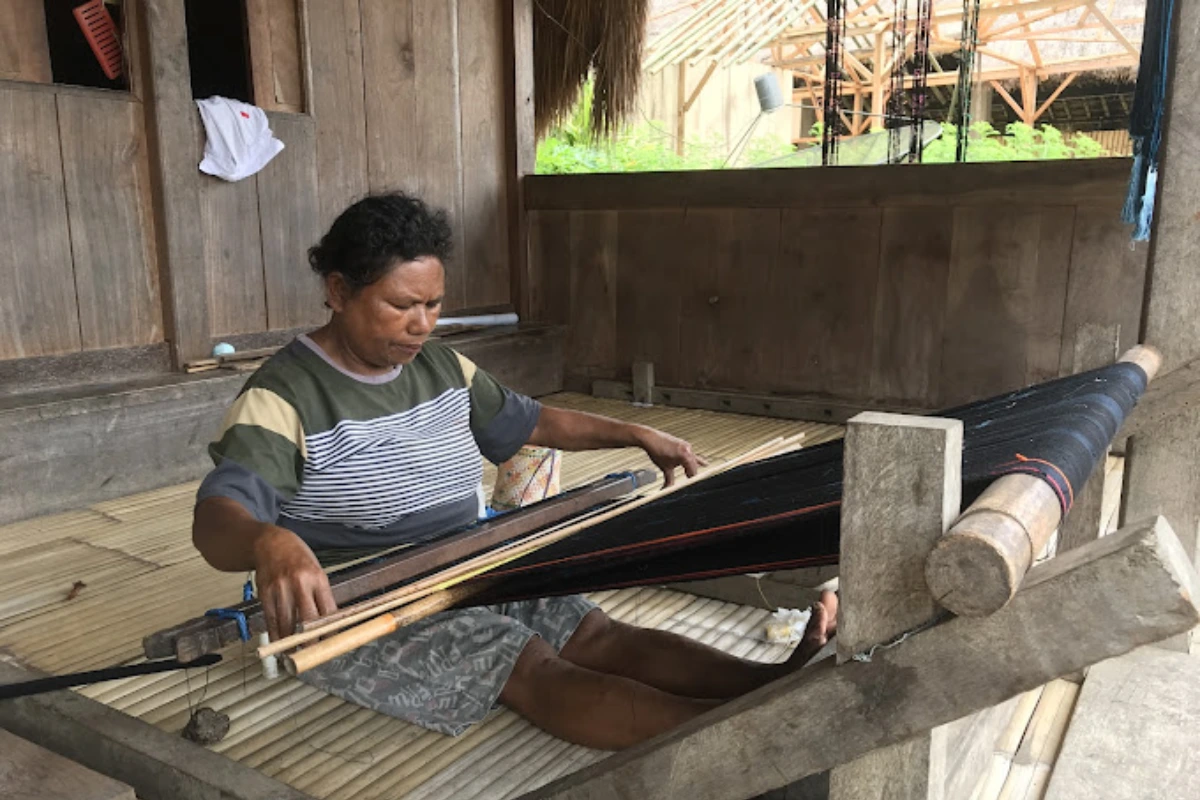
The weaving centers in East Nusa Tenggara span. These Alor, Sumba, and Flores, East Nusa Tenggara, weaving centers produce intricate textiles known for their symbolic patterns. Each motif reflects stories of the past, spiritual beliefs, and connections to nature. Travelers can watch artisans at work and even try their hand at weaving. Supporting this craft helps sustain a tradition passed down through generations.
4. Pasola Festival, Sumba
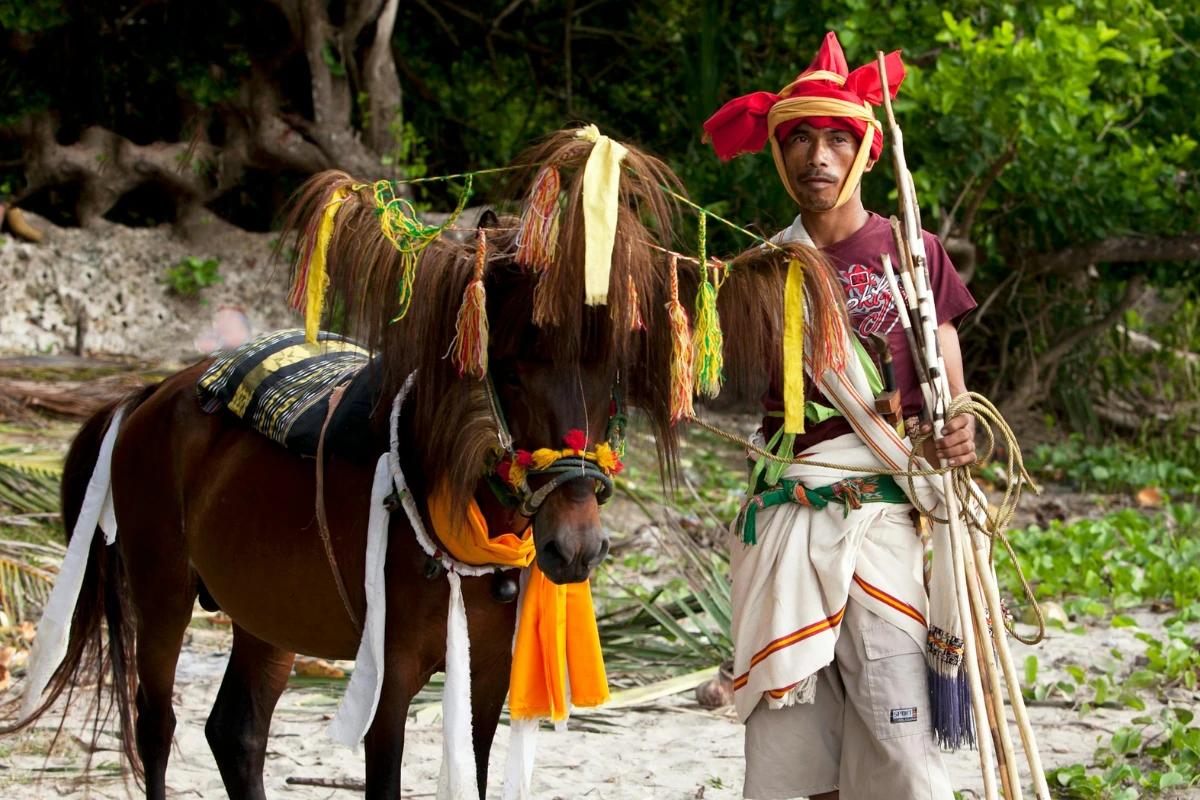
This thrilling event features horseback riders engaging in spear-throwing battles as part of a harvest ritual. The spectacle is more than just a competition held annually in February or March—it’s a spiritual event honoring local deities. If you plan to attend, book accommodations early, as the festival attracts visitors from across the globe.
5. Kelimutu Traditional Villages
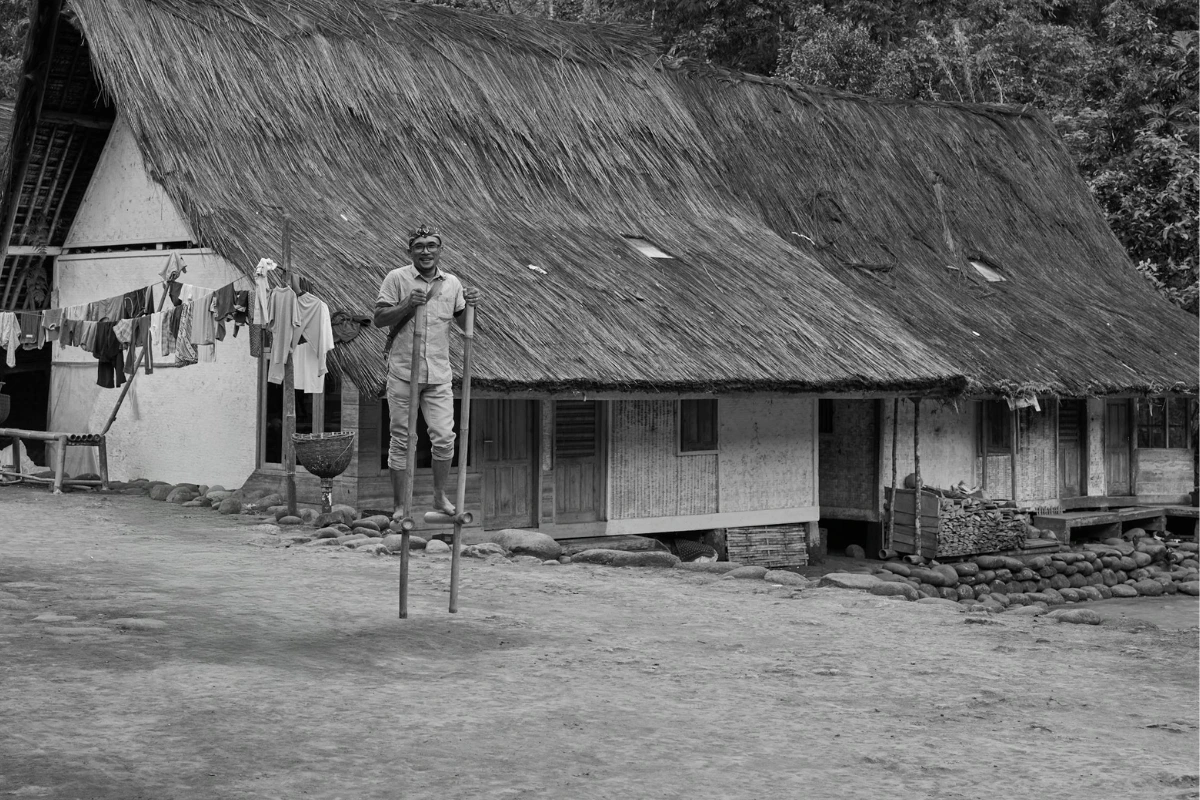
Around the famous tri-colored lakes of Kelimutu, villages have preserved their ancestral customs and rituals. Residents maintain a deep spiritual connection with the lakes, which play a vital role in their ceremonies.
If you are seeking adventure tourism in East Nusa Tenggara which blends culture and nature, this area offers the perfect opportunity to explore the breathtaking landscapes and rich traditions of the local communities.
6. Savu Island Traditional Salt Making
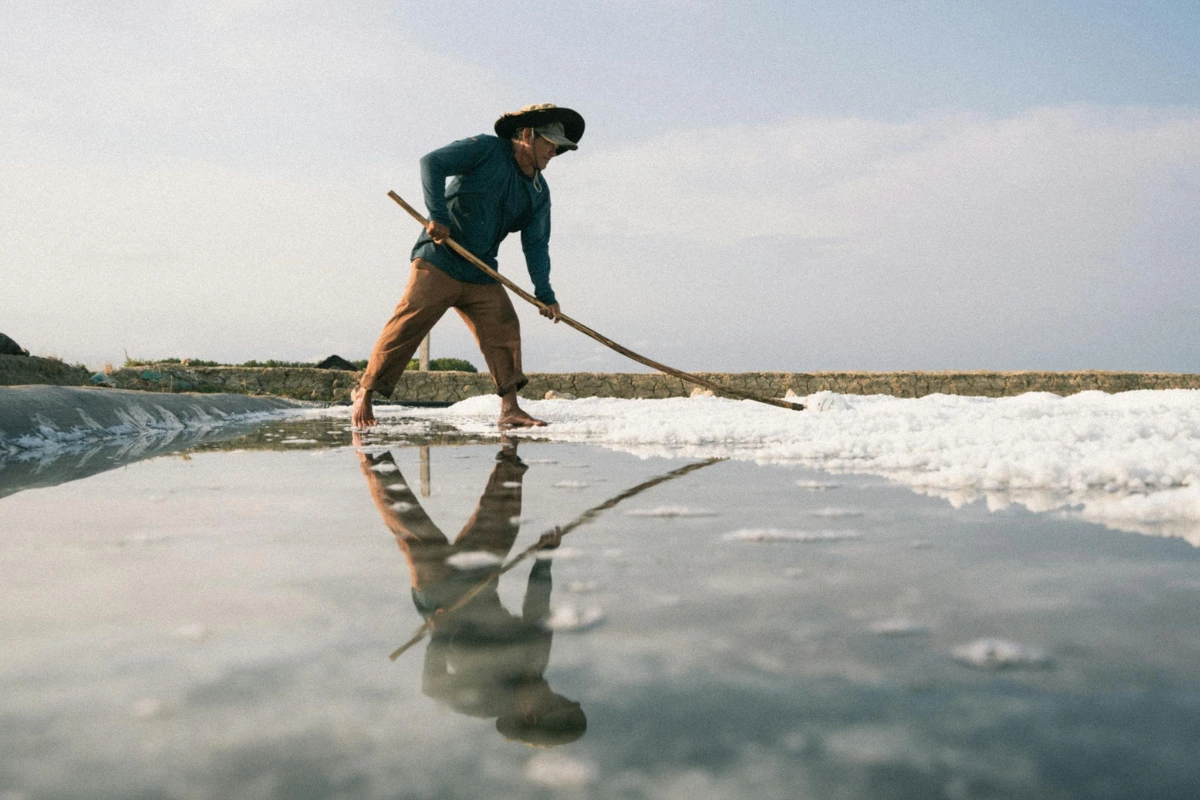
On this small island, salt is produced using age-old methods involving lontar trees. The process is entirely natural and produces high-quality salt with a distinctive flavor. Travelers can observe the production techniques, sample the products, and appreciate the dedication to preserving this heritage.
7. Belu and Malaka Region Sacred Houses
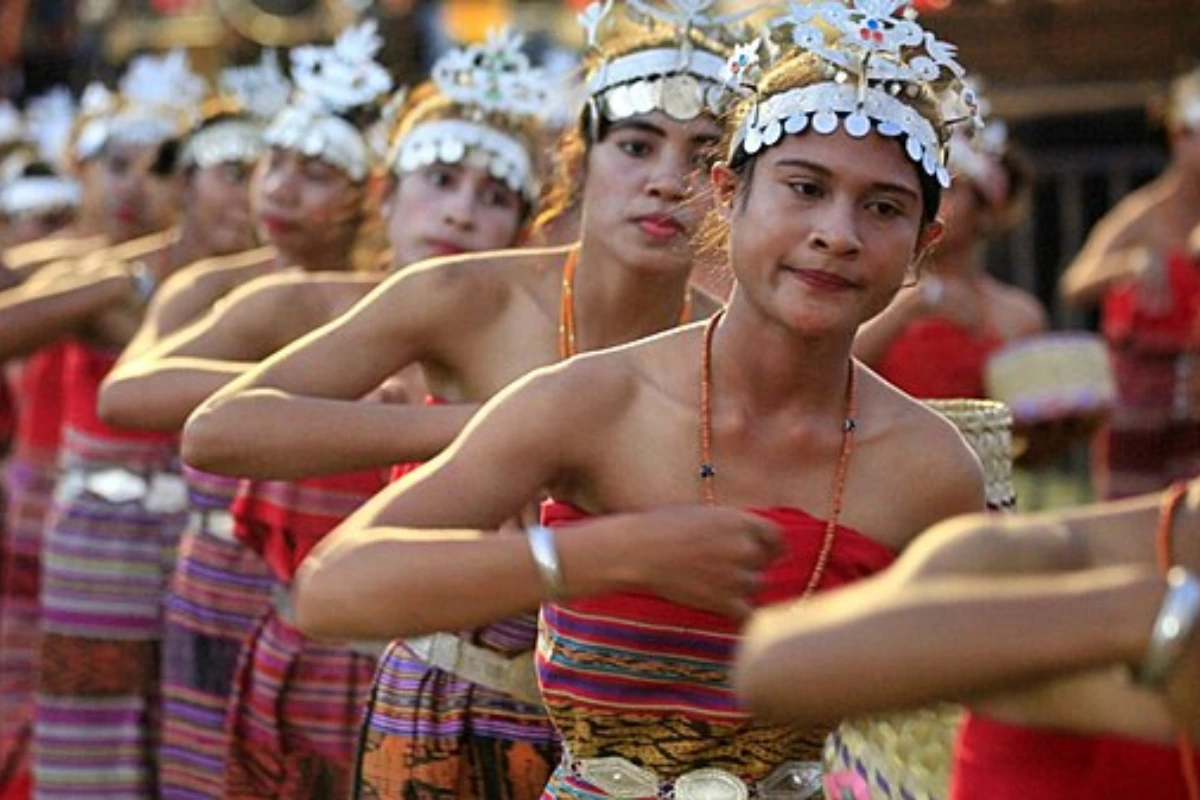
In these regions, sacred houses represent shelters and symbols of identity and spirituality for the Tetun people. Their design reflects social hierarchies and cultural values. Guided visits provide an opportunity to learn about their significance and the community’s way of life.
8. Rote Island Sasando Music
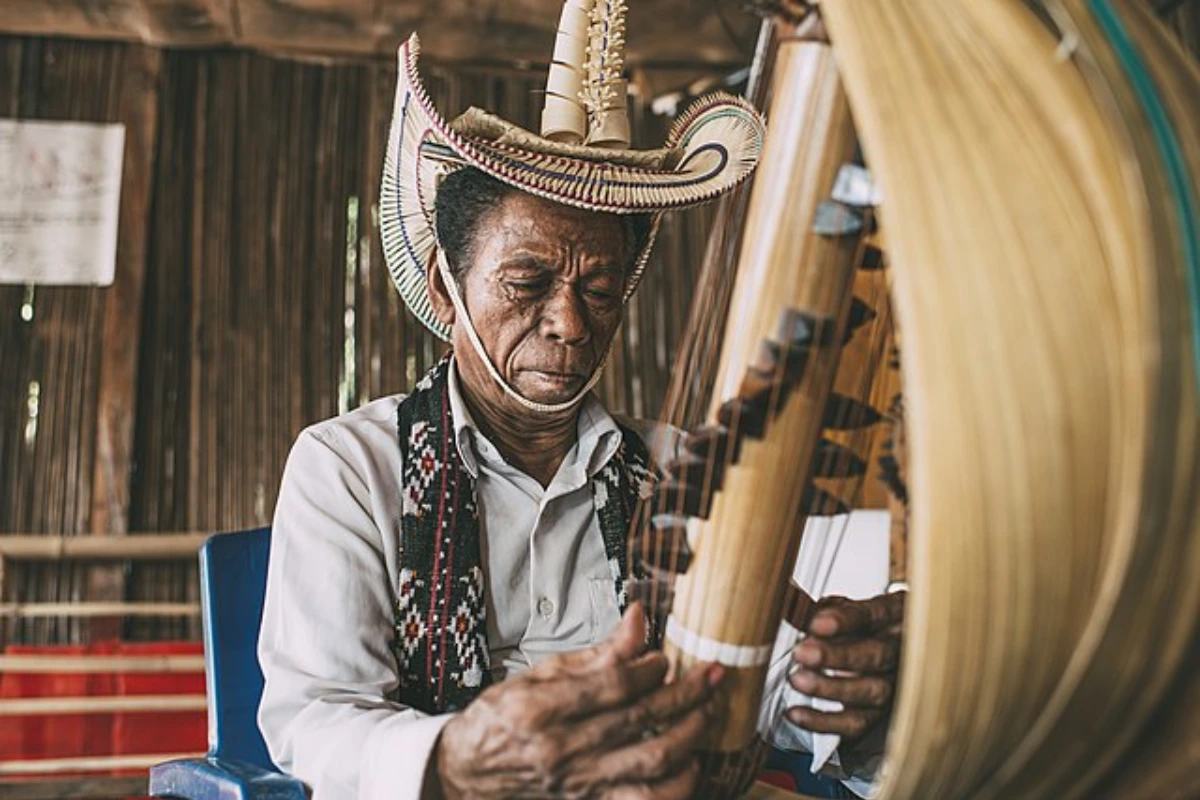
A visit to Rote Island, East Nusa Tenggara, Indonesia, introduces travelers to the enchanting sound of the Sasando, a unique stringed instrument made from palm leaves. Local musicians often perform traditional melodies, offering a soothing experience. Guests can also learn about the intricate craftsmanship of this remarkable instrument.
9. Kampung Adat Praijing, Sumba
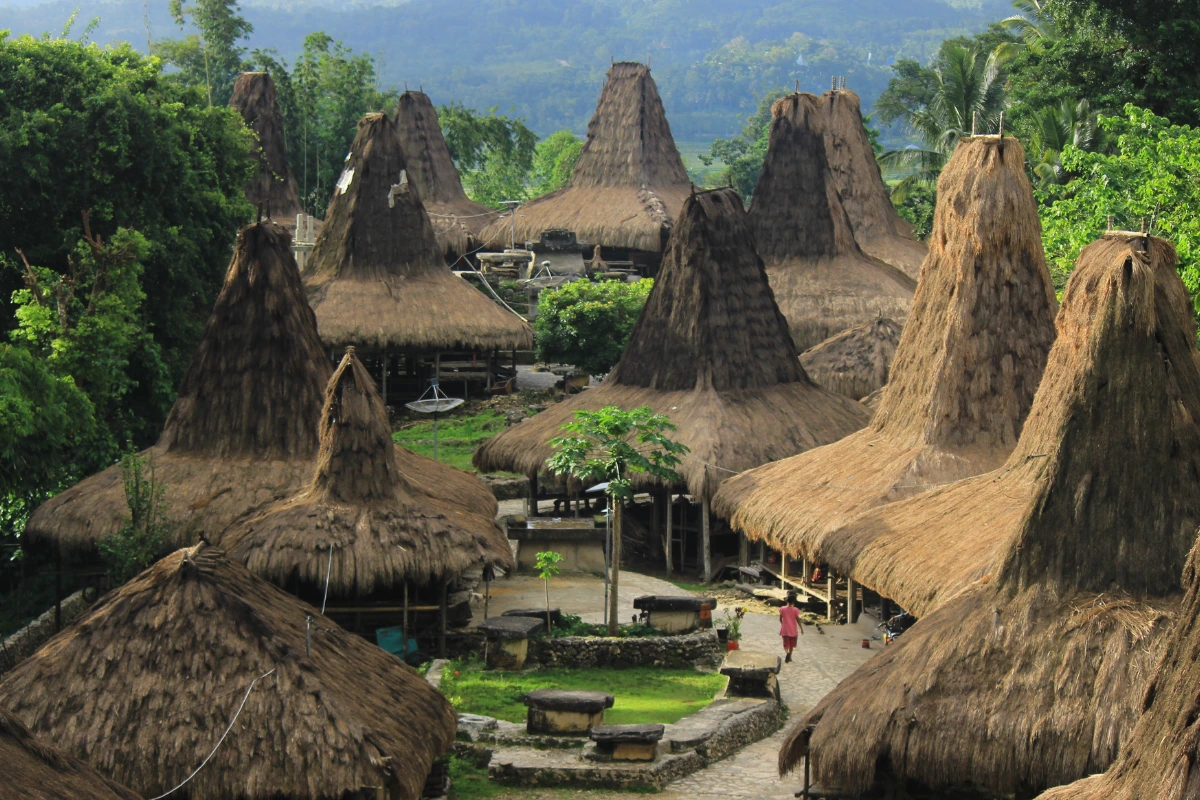
This hillside settlement captivates visitors with its high-peaked houses and breathtaking surroundings. The architecture reflects deep cultural significance, while the residents are eager to share stories about their customs and way of life. Photographers will particularly appreciate the vibrant landscapes and authentic village scenes.
10. Lamalera Whale Hunting Village
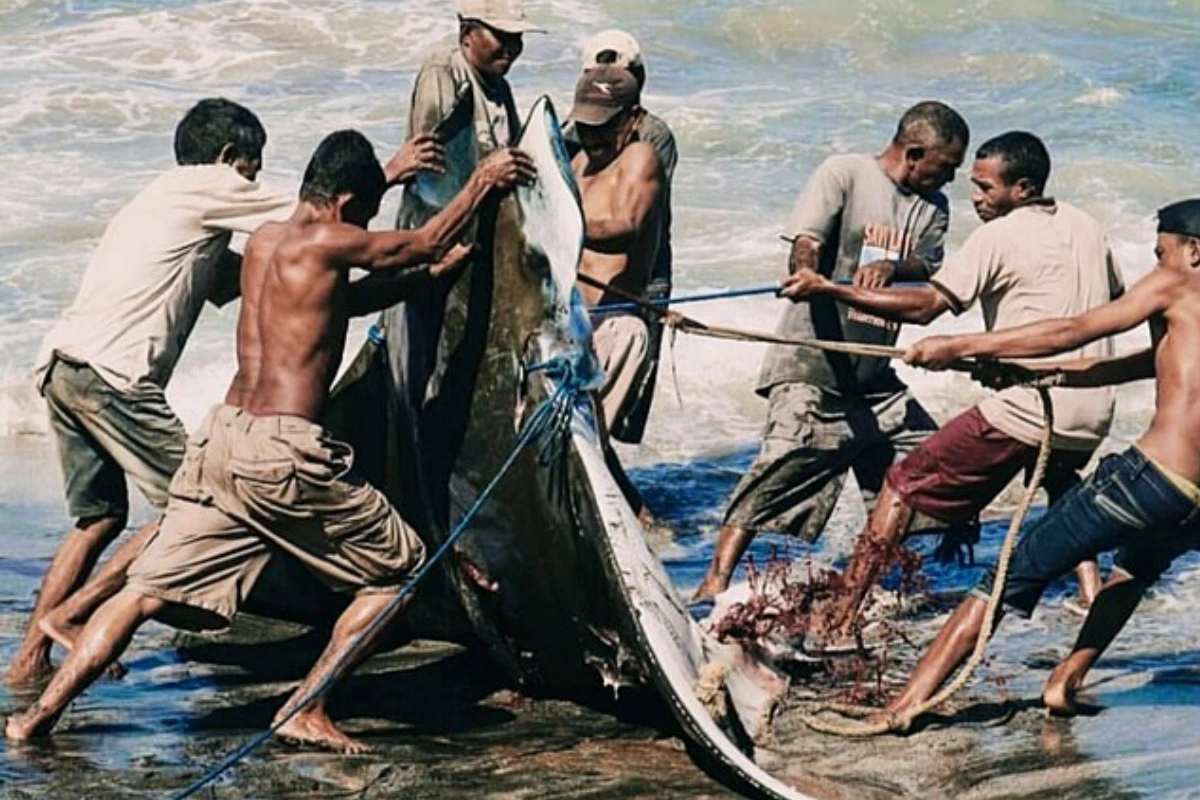
Situated on Lembata Island, this coastal community is known for its sustainable whaling practices rooted in ancient traditions. The hunting season runs from May to October and is conducted with strict cultural and ecological respect. Visitors can observe the process and learn about the village’s harmonious relationship with nature.
Tips for Exploring Cultural Attractions in East Nusa Tenggara
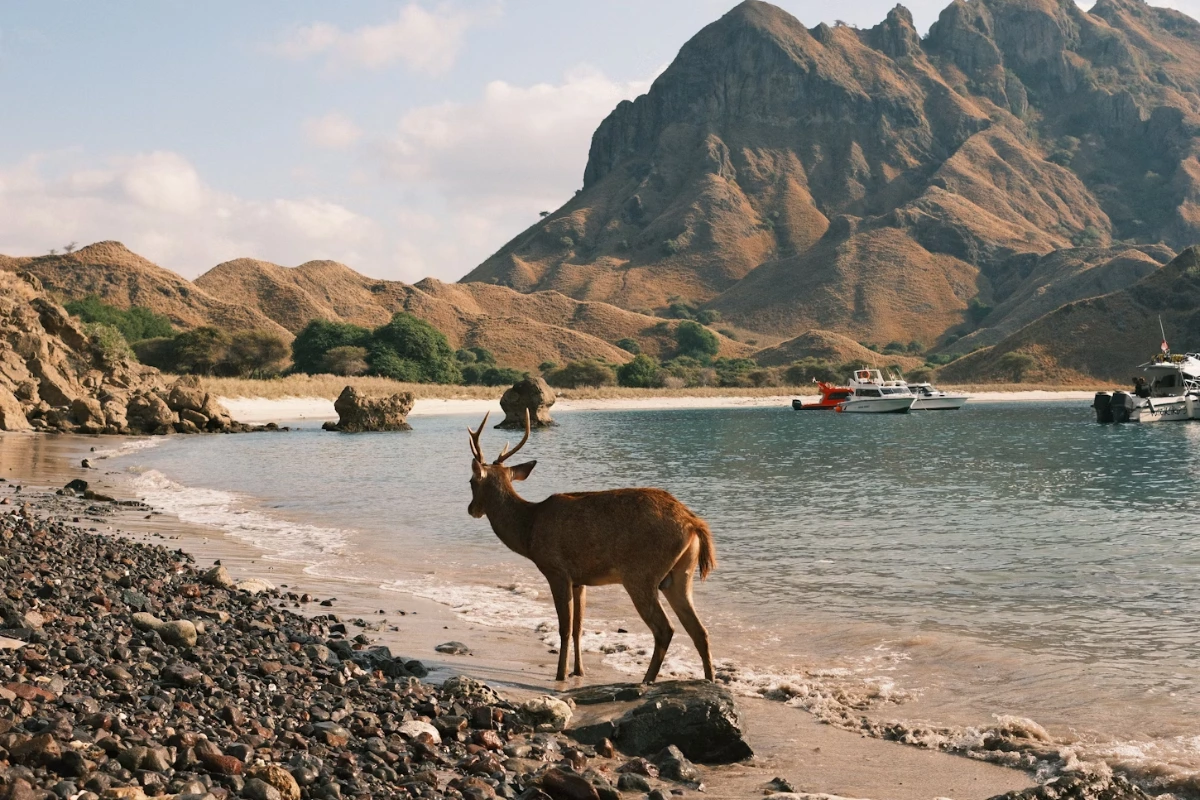
With its rich diversity and unique cultural heritage, East Nusa Tenggara tourism offers a truly enriching travel experience. To make the most of your cultural exploration, consider these helpful tips:
- Understand Local Customs. Respect is key when visiting traditional villages. Always adhere to local etiquette, especially during ceremonies or rituals. East Nusa Tenggara culture is deeply rooted in these customs, and embracing them will enrich your experience.
- Choose the Right Time. Plan your visit during festivals or significant events to experience the culture at its liveliest. For example, February and March are ideal for the Pasola Festival, while other attractions are accessible year-round.
- Dress Modestly. When entering sacred sites or traditional homes, wear modest clothing. This small gesture shows respect for the community.
- Hire a Guide. Local guides can provide valuable insights into the stories and traditions of each destination. They’ll help you navigate areas that might otherwise be inaccessible.
- Plan Your Trip. East Nusa Tenggara is accessible via major airports in Kupang, Labuan Bajo, and Maumere. Depending on their location, smaller towns and villages can be reached by car, boat, or trekking. It’s recommended that transportation and accommodation for remote attractions be arranged in advance.
To sum up, the cultural attractions in East Nusa Tenggara offer an unforgettable glimpse into the region’s traditions, artistry, and way of life. Every experience here, from unique festivals to ancient craftsmanship, tells a story worth discovering. Start planning your journey and immerse yourself in the cultural treasures of this incredible destination.Planning a trip to East Nusa Tenggara? Let Letstravelntt be your go-to guide for expert travel tips, hidden gems, and unforgettable experiences. Start your adventure with Letstravelntt now!

